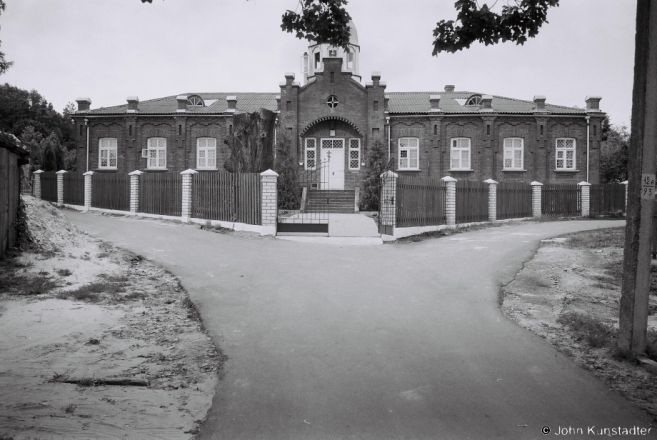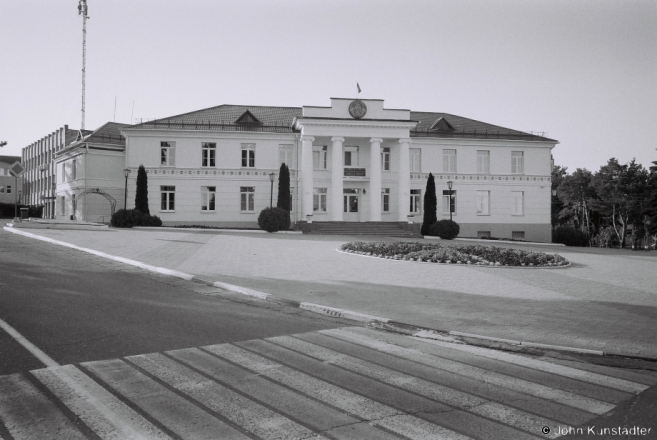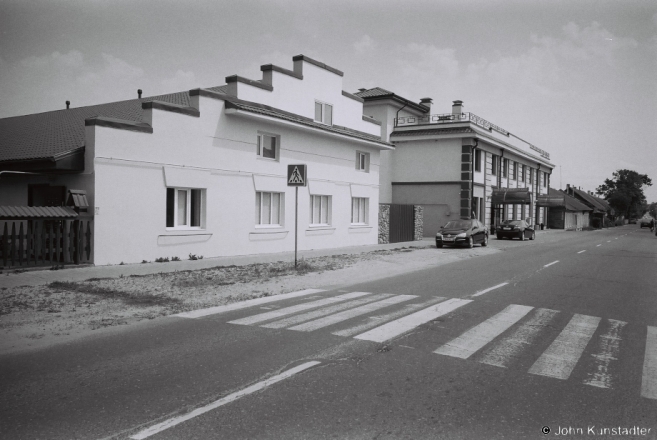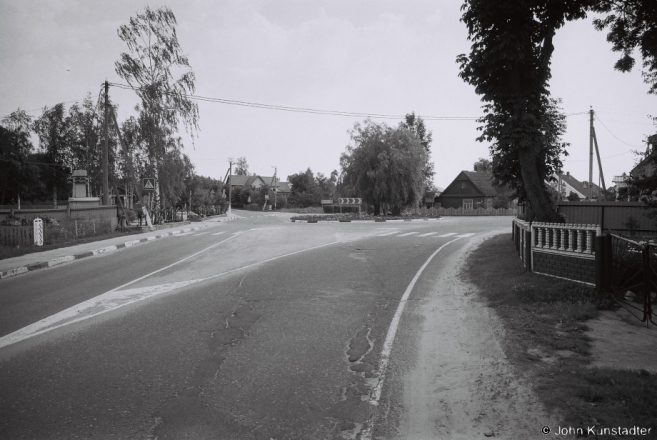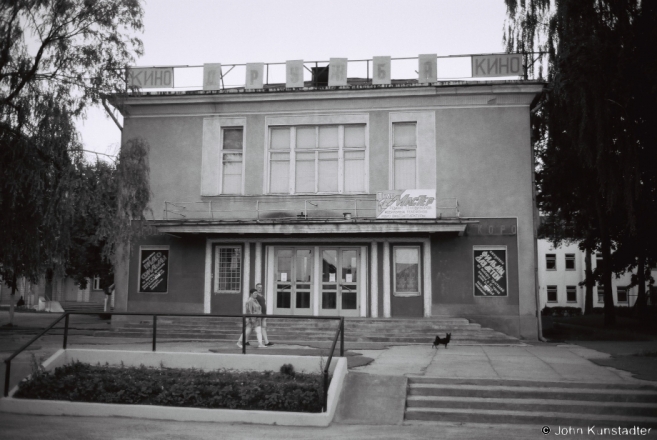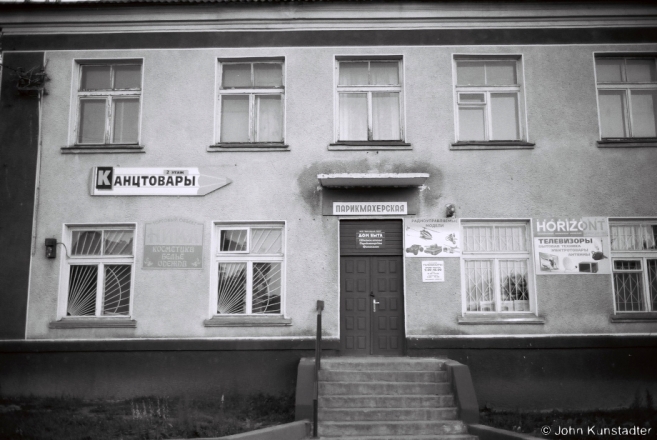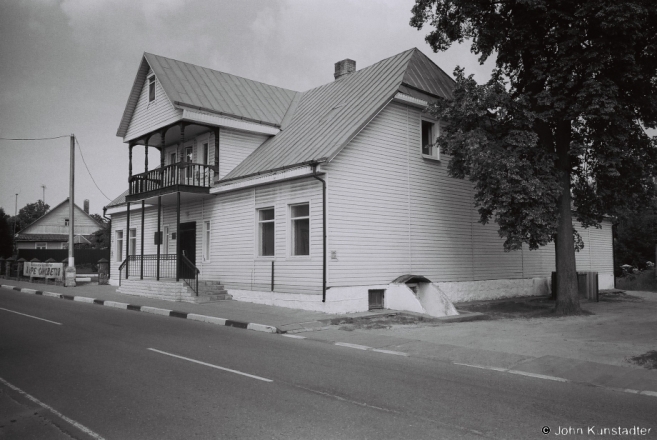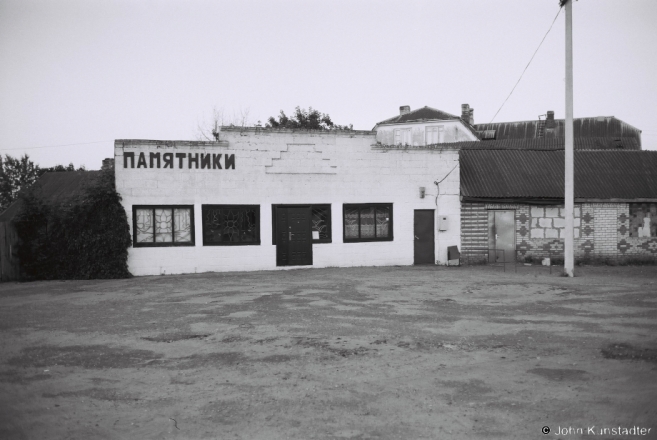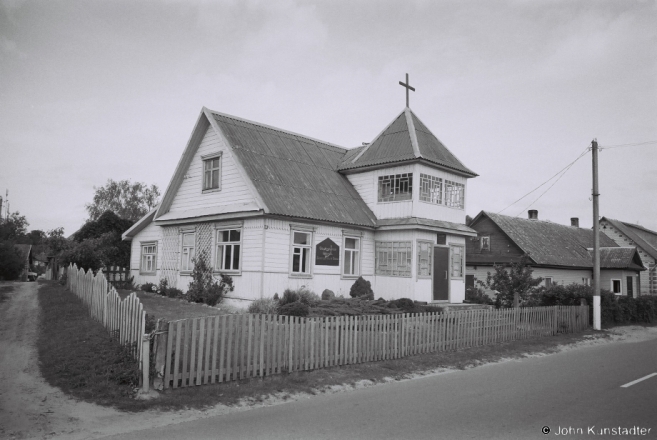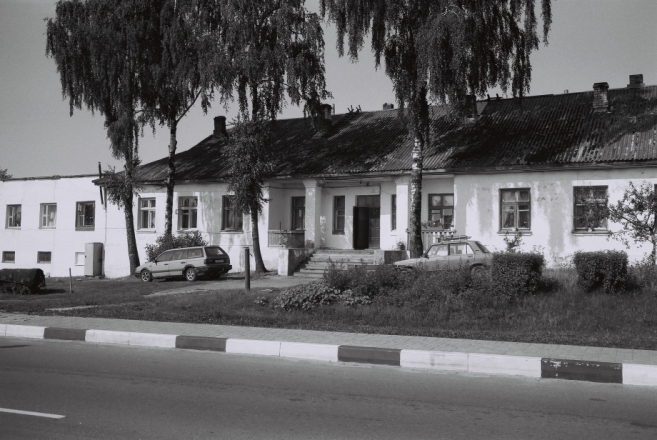Braslau architectural patrimony 2016 (I/V). Braslau should be proud of its neglected but nevertheless outstanding example of a Polish-era “civil-servants’ quarter” (in Belarusian: калонія ўраднікаў; in Polish: kolonia urzędników), designed in the mid-1920s in the emerging functionalist style by renowned Polish architect Juliusz Kłos. The photos of the day for September 29, 2015 surveyed this ensemble of living quarters and administrative buildings; the photos of the day for September 17, 2016 will show more aspects of these buildings. Today, however, and through September 16, the site will show other aspects of Braslau’s architectural patrimony: municipal buildings, vernacular styles, the cemetery, and examples of the Zakopane style of houses.
Архітэктурная спадчына Браслава 2016 г. (I/V). Фотаздымкі дня з 29 верасьня 2015 г. паказвалі некалькі будынкаў занядбанага калоніі ўраднікаў — узору польскага функцыяналізму — і пакажу іншыя фотаздымкі гэтага выдатнага комплексу 17 верасьня 2016 г. Хаця сёньня й на працягу наступных трох дзён хацеў бы паказваць іншыя аспекты браслаўскай спадчыны: муніцыпальна-адміністратыўнае й народнае дойлідства, могілкі й узоры закапанскага стыля.
Former district hospital (1906), since 2006 the Orthodox nunnery of St. Pantalemon, on Savjetskaja Street (formerly May 3 Street). This example of provincial art nouveau reminds one of the slightly later, and more refined style of the former hospital complex in the district center of Kljetsk (photos of the day for June 9, 2016). The cupola, masked by leaves in this photo, was added as part of the conversion into a nunnery.
Былы шпіталь (1906), с 2006 г. праваслаўны манастыр Сьв. Панталемона, вул. Савецкая (былая 3 Мая).
Polish-era mayor’s office (1928-30), now the seat of the Braslau district executive committee.
Павятовае староства (1928-30 гг.), зараз Браслаўскі раённы выканаўчы камітэт.
Polish-era smallholder farmers’ cooperative (rol’nik), refaced and re-roofed. Unable to compete with local Jewish middlemen, the cooperative went bankrupt in 1939. To the right is the main building of a resort complex refashioned from a 1920s bakery.
Рольнік з польскіх часоў.
Former site of the Braslau open-air market.
Былае месуа браслаўскага рынку.
Soviet-era cinema from the early 1960s, Savjetskaja Street (formerly May 3 Street).
Кінатэатр з часоў савецкай улады, вул. Савецкая (былая 3 Мая).
Soviet-style signs, Savjetskaja Street.
Знакі ў савецкім стылю, вул. Савецкая.
Braslau district ideology office (formerly the infectious diseases clinic of the district hospital), Savjetskaja Street. The siding obscures the building’s fine original 1930s woodwork.
Раённы аддзел па ідэалогіі (былы інфекцыйны корпус раённага шпіталя), вул. Савецкая. Сайдынг прыкрывае файныя вырабы арыгінальнай драўлянай будоўлі з 30-ых гадоў.
Neo-constructivism.
Неаканструктывізм.
Churches of Belarus (part CLXXXIII), Protestant church, May 1 Street.
Цэрквы Беларусі (частка CLXXXIII), пратэстанцкая царква, вул. 1 Мая.
Polish-era (?) building, Dzjarzhynskaha Street.
Будынак з польскіх часоў (?), вул. Дзяржынскага.
